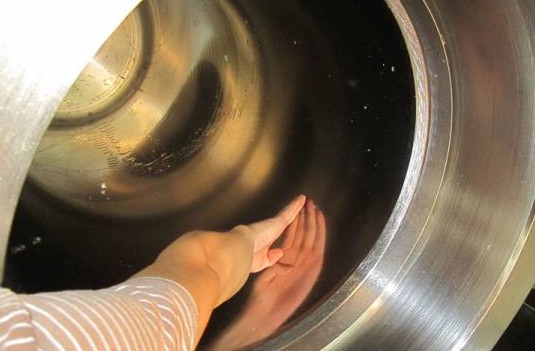The appearance features include surface roughness, appearance waviness, and appearance processing lines. Appearance roughness is the basic unit that makes up a number of appearance features. When machining the appearance of a workpiece with a metal cutting tool, the appearance roughness is primarily influenced by several factors, physical factors, and machining process elements.

1, how many elements
From a few viewpoints, the shape of the tool and several viewpoints, especially the radius of the cutting edge, the leading angle, the declination angle, and the feed amount in the cutting amount, have a great influence on the external surface roughness.
2, physical elements
Considering the physical nature of the cutting process, the roundness of the cutting edge of the cutting tool and the kneading and collision behind the tool cause plastic deformation of the metal material, which severely deteriorates the appearance roughness. When the plastic material is processed to form the band-like chips, a very hard built-up edge is easily formed on the rake face. It can replace the rake face and cutting edge for cutting, so that the number of views of the tool, back to eat a knife change. The summaries of BUE are very irregular, and therefore the tool marks on the appearance of the workpiece are constantly changing in depth and width. Some BUEs are embedded in the appearance of the workpiece, increasing the appearance roughness.
The oscillation during cutting process increases the roughness parameter value of the workpiece.
3, process elements
From the point of view of the process, the influence of the process on the surface roughness of the workpiece is considered. The factors relating to the cutting tool, the elements related to the material of the workpiece, and the elements related to the processing conditions are first and foremost.
The quality of the cut workpiece has a great influence on the performance of the part. Measure the quality of the surface of the workpiece has been cutting the characteristics of the target are the appearance of roughness, surface residual stress and the appearance of the work hardening degree. Of the three objectives that characterize the appearance of a part, the most important factor affecting the part's performance goals is the roughness of the part.
The appearance roughness of the parts directly and significantly affects the collision and wear, the rougher the appearance, the more severe the wear. At the beginning of wear, the microscopic peaks of the apparent roughness are quickly flattened, and the amount of wear rises quickly; after a period of working, the contact area between the sports surfaces increases, and the wear rate slows down. If the external lubrication is fine, the height and sharpness of the microscopic peaks are small, so the lubricating fine appearance is more wear-resistant than the rough one.
However, the appearance is too lubricious, not conducive to the storage of lubricating oil, but will increase the appearance of the conflict coefficient, so that the appearance of metal heat and "glue" phenomenon. In the vertical machining center cutting process, cutting speed, feed rate and depth of cut and other process parameters will affect the cutting force, cutting force and cutting temperature are two related factors, usually the greater the cutting force, the greater the cutting temperature High, the more violent the oscillation of a vertical machining center.
Different cutting speeds, externally encouraged mechanical Processing Equipment to oscillate at different frequencies. The closer this frequency is to the natural frequency of the vertical machining center oscillation, the simpler the oscillation of the mechanical equipment will be.
In order to obtain a more agile workpiece surface roughness value during the cutting process, a set of cutting force and cutting temperature detection system is designed to attempt to link the cutting force, the cutting temperature and the surface roughness value of the cutting workpiece. During the cutting process, the cutting parameters such as cutting speed, feed amount, cutting depth, etc. were selected to control the cutting force, cutting temperature, and mechanical equipment oscillation, and then the required surface roughness value of the workpiece was obtained.
In the PP ventilation piping system, the PP Elbow is the pipe that changes the direction of the pipe:Bend molding.Injection elbow.Socket elbow, etc. There are 45 DEG and 90 DEG to 180 DEG three most commonly used,In addition, according to the project needs, including 60 degrees and other non normal angle elbow.Elbow and pipe connections are: direct welding (the most commonly used way), flange connection, hot melt connection, electric melting connection, threaded connection and socket connection.
PP Elbow
PP Elbow,Elbow Fitting,Plastic Elbow
Shenzhen Xicheng Plastic Co., Ltd. , http://www.china-xicheng.com